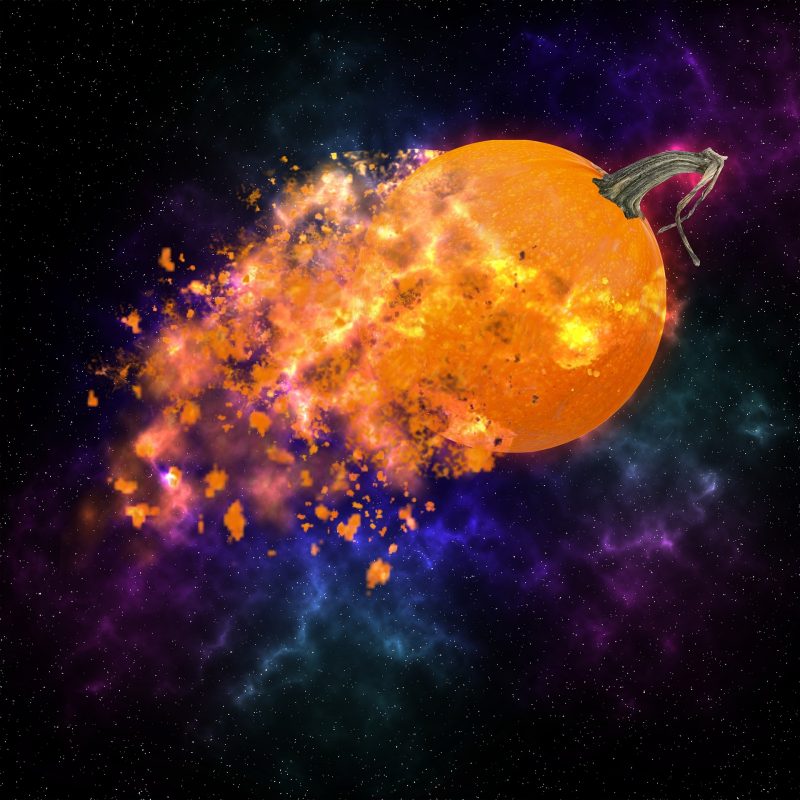Food Production in a Hyper-Tech Future: Robochefs, VR Taste Tests, and Lab-Grown Meat?


By Steve Wells, Rohit Talwar, April Koury, Karolina Dolatowska, Maria Romero, and Alexandra Whittington
How might technological innovations impact the food ecosystem, and what new business models and opportunities may arise?
So, it’s official: Burger- and bratwurst-flipping robots became a thing in 2017—the robots have most definitely arrived in the kitchen. However, there is much more to come in the years ahead when we think about the potential applications of artificial intelligence (AI) and other cutting-edge technologies to the future of food production.
Developments in 3D printing, cloud computing, big data, blockchain, and the Internet of things (IoT) will introduce new possibilities to the industry. These diverse technologies will be bound together by AI, providing powerful insights to help change every facet of food production, distribution, and retailing. What transformations for food and beverage production could occur in the aftermath of various bursts of innovation rising from these new technologies with seemingly magical powers?
Thinking ahead to 2025, distinct images of the future start to come into view. For example, could celebrity-inspired robochefs custom-make personalized meals based on a cloud-stored digital profile which takes into account each diner’s personal preferences, dietary issues, allergies, and health records? As a form of food manufacturing, personalized food could be achieved with 3D printing, with the factory providing the ingredients. The food would then be printed in the consumer’s home or a local food fabrication center, which could be anything from a school kitchen to your local cafe.
Such approaches to future food production would create opportunities for manufacturers to interact with consumers more directly, perhaps using blockchain to eliminate the information loss that normally occurs through layers of middlemen like transport and retail.
Decentralized food and beverage manufacturing might even offer automated ordering via the devices in your home connected via the IoT. So called smart contracts would automate payments, and our cloud-based “digital twins” would do the ordering. The key here is to convey and regularly update the supplier with consumers’ tastes and preferences via the constant monitoring of their behavior 24/7 by the technology. Such advances suggest the food production supply chain could be completely transformed.
Rising future food demands could in part be met by urban vertical gardens, self-driving trucks, and autonomous food transport drones, extending the manufacturers’ reach in previously unimaginable ways. Virtual reality and augmented reality also offer unconventional access to consumers from the manufacturing side—simulated taste, smell, and even touch may soon become part of selling a food and drink experience.
The ability to test new ideas and access new markets in mixed reality is a huge new opportunity for food and drink manufacturers. Picture the scene: The consumer creates their ideal meal, including taste, smell, touch, and visual presentation. The food is then robo-picked from the manufacturer’s town center based vertical farm, the meal is prepared by the robo-chef in the back of the autonomous delivery vehicle, and then transported and flash heated by a drone that literally places the meal on your dining table. Every technological element of this scenario currently exists, or will exist within a year or two at the outside.
Other reality-bending ideas, such as laboratory-grown meats and the incorporation of insect-based protein, are potentially paradigm-shifting transformations that are gathering pace and could potentially shock the food industry. The price of laboratory grown hamburgers has fallen from €325,000 per patty to just €11 in only three years and could reach 10 to 50 cents by the end of the decade.
The prospect of farmlands auto-worked with zero human intervention is another shift that could have a dramatic impact: Imagine the agricultural industry with no waste, high efficiency, no labor abuses, and high resource management. Creating sustainable abundance should take top priority when it comes to integrating new technologies into the food production vision of the future.
- How might technological innovations help increase the social aspect of eating?
- How could the food industry address concerns around synthetic or artificially altered foods?
- How far would we want automation to penetrate our leisure dining experiences—would we pay more or less for a meal prepared by a robo-chef with two Michelin stars than by its human counterpart?
This article is excerpted from The Future Reinvented – Reimagining Life, Society, and Business. You can order the book here.
A version of this article was originally published in Food & Beverage Magazine.
Image: https://pixabay.com/images/id-3771100/ by FreeFunArt


